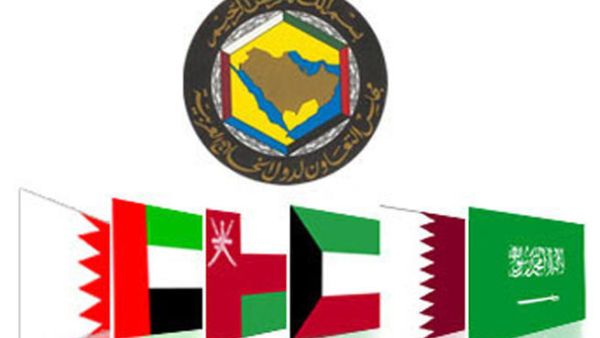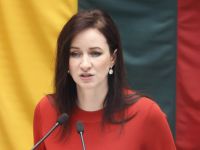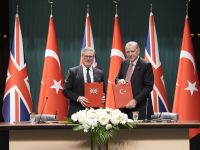Diplomatic ties between China and the Gulf are strengthening steadily. Last week, a Kuwaiti delegation led by the Prime Minister of Kuwait, Shaikh Jaber Al Mubarak Al Sabah, completed an official visit to China. He signed a total of 10 agreements on visa exemptions, education, telecommunications, oil and even on the possibility of coordinating joint investments in Africa. Kuwait’s interest in reinforcing its relationship with China is not an exception in the region.
Only a few days earlier, the UAE’s Minister of State, Dr Sultan bin Ahmed Sultan Al Jaber, visited China to discuss cooperation in the areas of energy, infrastructure and technology. And last March, Saudi Arabia Crown Prince Salman bin Abdulaziz signed a number of economic and energy agreements in an official visit to China. These diplomatic trips loaded with economic agreements will become increasingly more frequent. Economic and financial links between China and the GCC have risen spectacularly in the last 20 years. More importantly, given the ongoing trends in the world energy markets, the economic links between both regions can only get stronger.
Trade flows are an excellent proxy to measure the dynamics of the Sino-Gulf connection and the most recent data on exports and imports released by GCC countries confirm that the connection is growing stronger very rapidly. In January 2014, trade flows hit a new record in terms of trade between the two regions: 14 per cent of the total imports received by the GCC countries came from China. The weight of China in the Gulf’s imports has more than doubled. Ten years ago, only 6.4 per cent of the regional imports were Chinese. A similar trend is taking place on the exports side. Twenty years ago, in 1994, less than one per cent of the Gulf’s exports went to China. Ten years later, it had gone up to four per cent. Now China purchases almost 11 per cent of total regional exports. The relative importance of China varies across countries. For Saudi Arabia China is by far the most relevant commercial partner, as it represents 14 per cent of its exports in 2013 compared to 5.5 per cent a decade ago. Kuwait is also becoming rapidly dependent on Chinese purchases: the share of China on its total exports went up in 10 years from 2.5 per cent to almost nine per cent.
The UAE remains one of the less China-dependent countries in the region. China only buys 4.4 per cent if its exports, although it still represents three times the share in 2003, which was 1.4 per cent. However, these numbers are watered down by the large size of re-exports in Dubai. Overall, the weight of China in regional exports has more than doubled to reach 10.8 per cent of the total. In absolute terms, the GCC exported $96 billion to China in 2013, the equivalent to the GDP of Morocco.
Energy still plays a central role, and it will remain so. Oil represents 80 per cent of these exports, and oil-related products such as petrochemicals and plastics an additional 16 per cent. Given the lack of success of diversification policies across the Gulf, it is unlikely that the GCC countries will be able to change substantially the profile of their exports in the coming future, but Chinese growth will generate massive energy needs in the coming two decades. The Energy Information Administration estimates that China’s oil imports will rise to 8.7 million barrels per day by 2020 from today’s six million. Over that period, US oil imports are expected to fall to 6.8 million bpd from a peak of 13.5 million bpd in 2005. Until 2040 oil consumption is projected to rise two per cent per year in China, 2.6 per cent in India, and 1.8 per cent in the rest of Asia, compared to 0.8 per cent on a global level. From the GCC’s standpoint, the expansion of Asia’s demand represents a virtual insurance policy against America’s falling needs. From the Asian perspective, the potential for a greater availability of oil due to lower US demand presents an opportunity to grow with cheaper energy. All elements of the macro analysis indicate that China will considerably increase its presence in the Gulf in the coming years.
By Francisco Quintana
The writer is a senior economist at Asiya Investments, an investment firm specialising in emerging Asia investments.








